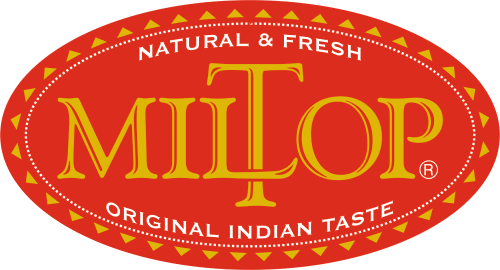Description
Sesame is grown primarily for its oil-rich seeds, which come in a variety of colors, from cream-white to charcoal-black. In general, the paler varieties of sesame seem to be more valued in the West and Middle East, while the black varieties are prized in the Far East. The small sesame seed is used whole in cooking for its rich nutty flavour (although such heating damages their healthful polyunsaturated fats), and also yields sesame oil.
Sesame seeds are believed to be one of the worlds’ first spices. Though they are considered a culinary treat in many places, sesame seeds also have various medicinal uses. Black sesame seeds have sweet and neutral properties and because of this, they are widely used in traditional Chinese medicine for treating kidney and liver problems. Nice crunchy texture, with a slightly bitter nutty flavor. Used extensively in Asian & Chinese cuisine or any other uses similar to hulled sesame seeds. Nice addition for breads, rolls, baking for color contrast. High in calcium.
Hulled sesame is pearly white in colour. Hulling or decorticating is a process of removing the outer husk of sesame seeds. It has a rich, nut-like flavor when roasted. Hulled sesame seeds are widely used in bakery and confectionary industries. Sesame Seeds can be slightly browned or cooked with other ingredients. Nice crunchy texture. One of the oldest seeds known to man. Sesame Seeds are used extensively in Mediterranean, Middle Eastern, Greek and Asian cuisine. Sesame Seeds when ground can be made into tehina paste and halva. Add to cookie, pastry, and cake recipes and tasty as a main ingredient in candy. Throw some over vegetables or top a casserole or baked chicken with Sesame Seeds before baking.
It is the seed in its natural form like whitish natural sesame seed, natural black sesame seed, etc. with 99.99% purity. Natural sesame seed is an important nutritional additive to salads and dressings. It is widely used to decorate bakery products such as bread, breadsticks, cookies and candies and as a garnish on pasta and vegetables. It is also used in curry dishes
The seeds are exceptionally rich in iron, magnesium, manganese, copper, and calcium (90 mg per tablespoon for unhulled seeds, 10 mg for hulled), and contain vitamin B1 (thiamine) and vitamin E (tocopherol). They contain lignin, including unique content of sesamin, which are phytoestrogens with antioxidant and anti-cancer properties. Among edible oils from six plants, sesame oil had the highest antioxidant content.[7] Sesame seeds also contain phytosterols associated with reduced levels of blood cholesterol. The nutrients of sesame seeds are better absorbed if they are ground or pulverized before consumption, as in tahini. Sesame seeds contain a high amount of the anti-nutrient phytic acid. Women of ancient Babylon would eat halva, a mixture of honey and sesame seeds to prolong youth and beauty, while Roman soldiers ate the mixture for strength and energy. Sesame seeds produce an allergic reaction in a small percentage of the general. Sesame oil is used for massage and health treatments of the body (abhyanga and shirodhara) and teeth (oil pulling) in the ancient Indian ayurvedic system. Ayurveda views sesame oil as the most viscous of the plant oils and believes it may pacify the health problems associated with Vata aggravation.
- Sesame seeds are sometimes added to breads, including bagels and the tops of hamburger buns. Sesame seeds may be baked into crackers, often in the form of sticks. Sesame seeds are also sprinkled onto some sushi style foods. Whole seeds are found in many salads and baked snacks as well in Japan. In Greece seeds are used in cakes, while in Togo, seeds are a main soup ingredient. In Manipur (North Eastern State of India) Black sesame is used extensively as a favourite side dish called ‘Thoiding’ and in ‘Singju’ (A kind of salad). Sesame is used extensively for preparing these two dishes. Unlike mainland Indians they are prepared with ginger in Thoiding with chilli and with vegetables in Singu which is spicy and hot. In Assam, black sesame seeds are hugely used to make Til Pitha and Tilor laru (sesame seed balls) during bihu. Also in Tamil Nadu, sesame oil used extensively in their cuisine, ‘Milakai Podi’, a ground powder made of sesame and dry chili is used to enhance flavor and consumed along with other traditional foods such as idli. Sesame (benne) seed cookies and wafers, both sweet and savory, are still consumed today in places like Charleston, South Carolina. Ground and processed, the seeds can also be used in sweet confections. Chefs in tempura restaurants blend sesame and cottonseed oil for deep-frying. Sesame oil was preferred cooking oil in India until the advent of peanut oil.


